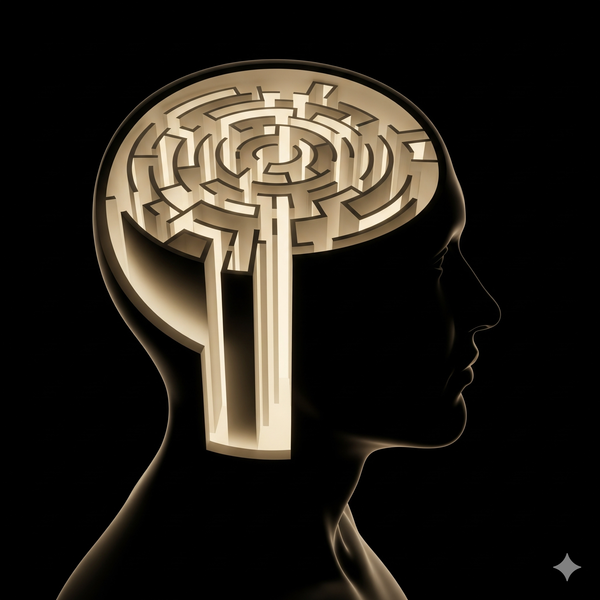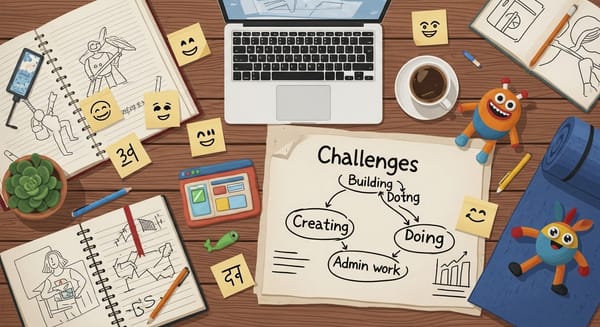Sunday, August 24th 2025 Part II - AI Predictions, Trends, Tools, Products and Innovations
Writing about AI predictions, trends, tool, products and innovations while closing browser tabs of those rabbit holes and first let me into the realm of the AI world.
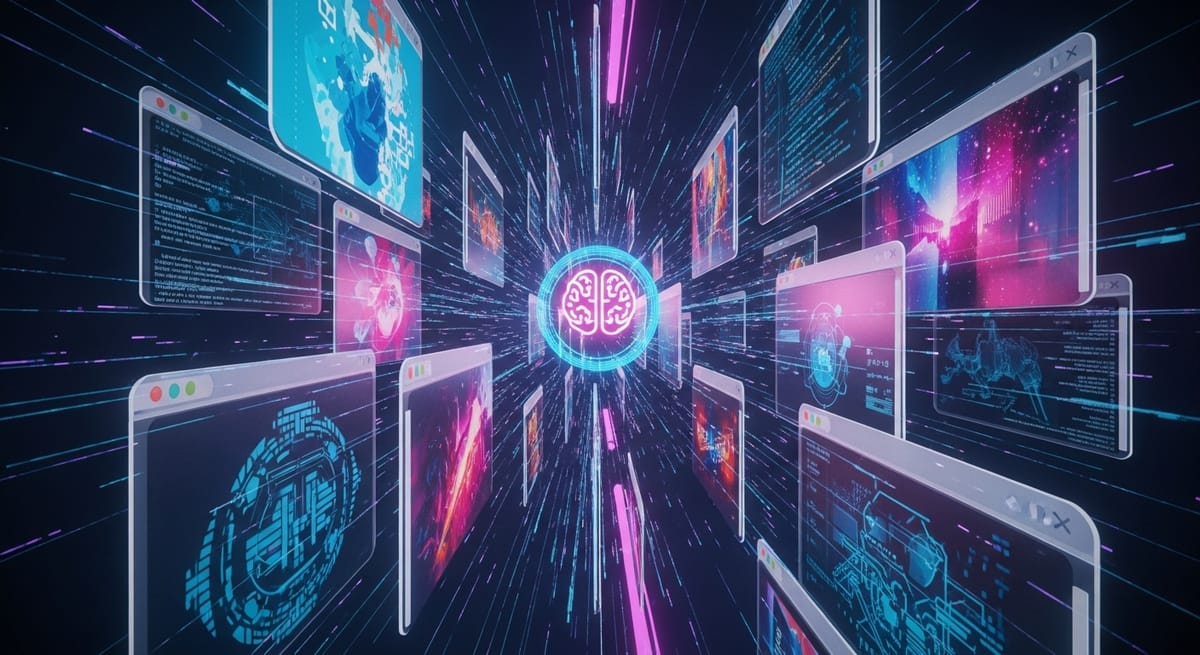
🕒 3:24pm: After a break, I am back to continue with you, going through my tabs and closing them - finding some nuggets and insights.
If you wonder what that is all about? Please read Part I here: PART I
I was thinking, while I made a break from finishing putting all the thoughts in for today and closing those tabs:
Why writing has such a strong effect of ones mind and thoughts compared to a video or a vlog?
You know why? Because you can write a short snippet, and a short snippet after. They stay with you and once you are done, you can simply send it and publish it. For videos, you first need to put them together. AI makes it easier, but it what if in the process of doing so you lose your mind? Your midn starts to spin and ask itself: "what is the goal? what do I want to achieve? Is that really interesting for people?", and then you get so demotivated that you stop?
With a text, this won't happen. With a video also not, I did it before, but then I would record a video or a podcast in one sip - sometimes easily over an hour long. Works for short projects, but bears the danger of "not finished" or "stopped in the middle". With writing you just continue where you left off. With videos, you have to prepare yourself again and bring it into position and cutting is needed again.
With writing, you can just write - short, long, doesn't matter. And you can always put videos into your text if you want to.
Why building all by myself versus using platforms like Ghost or Substack?
Why I make such a fuzz out of building the perfect website, when instead I can just write and share what I do in that sense. There is a beauty of everything belonging to you and full freedom on every piece of the platform. The danger though? You may start over and over again, changing a piece, changing everything. Too much freedom is not necessarily a great idea.
It's the same as with poetry. When you write a poem, you have guardrails. The end of a page, the length of a line, a ryhm. They keep you from going off too much and they keep your mind focused on the topic at hand. There is beauty in it. And the beauty comes from the frame that it's based upon. Endless options leads to no options.
The same as with career choices, with multiple choice answers and more. When there is some kind of restrictions, an active mind might not like it and yet need it to produce the best of it's outcomes.
The same as with platforms like Ghost and Substack, or others like Medium and Linkedin. They are not perfect, none of them. While one has the benefit of one feature, the other has the benefit of another feature. But none of them give you all that you need.
For writing though, maybe that is its strength.
🕒 3:40pm: It is time to start the Closing of the Tabs again. Let's begin.
A broad mix of AI News, Emergent Innovations, AI Tools, Products I work on, Website Builders And Communities
Tab 1. X. A post by Karl Mehta. About Andrew Ng.
That's a new post. I opened it after I finished my latest DailyDoings article. I broke the focus. I opened something else. It is an interesting piece of knowledge about AI.
Karl Mehta argues in his X posts that there are 3 things that are trending in AI and that one should focus on to ride the success wave of AI. If that is true, we will find out, but there is some value. Let's dive in:
- Smaller Agentic Models outperform larger ones - I would agree for some workflows - I am building with some small ones. While they are heavy in size, they (partially) perform well in speed and are much cheaper than large models. However, most often they do better when you train them towards your specific use case
- There are 4 design patterns in AI - and a note of myself - the crux is in the details, so that sounds easy, but requires careful examination - Reflection (AI critiques itself), Tool use (connects to APIs), Planning (breaks complex tasks), multi-agent collaboration. If you do that, yes, it becomes indeed powerful. But do we really already have the right frameworks to let agents speak with each other and sending the right information? A simple JSON can do, but what if there are more powerful ways? Like that experiment where two AIs talked with each other and invented a faster language than a human would understand.
- China will dominate through open source - Good and interesting point, need to look deeper into it. Deepseek is amazing but recently irritated me while presenting a very one-sided, non-critical view on a topic that could have been answered in a much more elegant way.
Wanna read the full story, here it is.
Tab 2. Jules. Programming a Visible Execution Plan for my Chat-Based MCP Platform App to Chat with your Data.
Now it get's interesting. And I will not go into too much detail here. As this is a topic for itself. But have you heard of Jules? The asynchronous AI Coding agent of from Google?
I love it, even though it comes with currently still various bugs and issues. It has some clear advantages over other AI Coding assistants and it gets powerful if you combine it with Cursor:
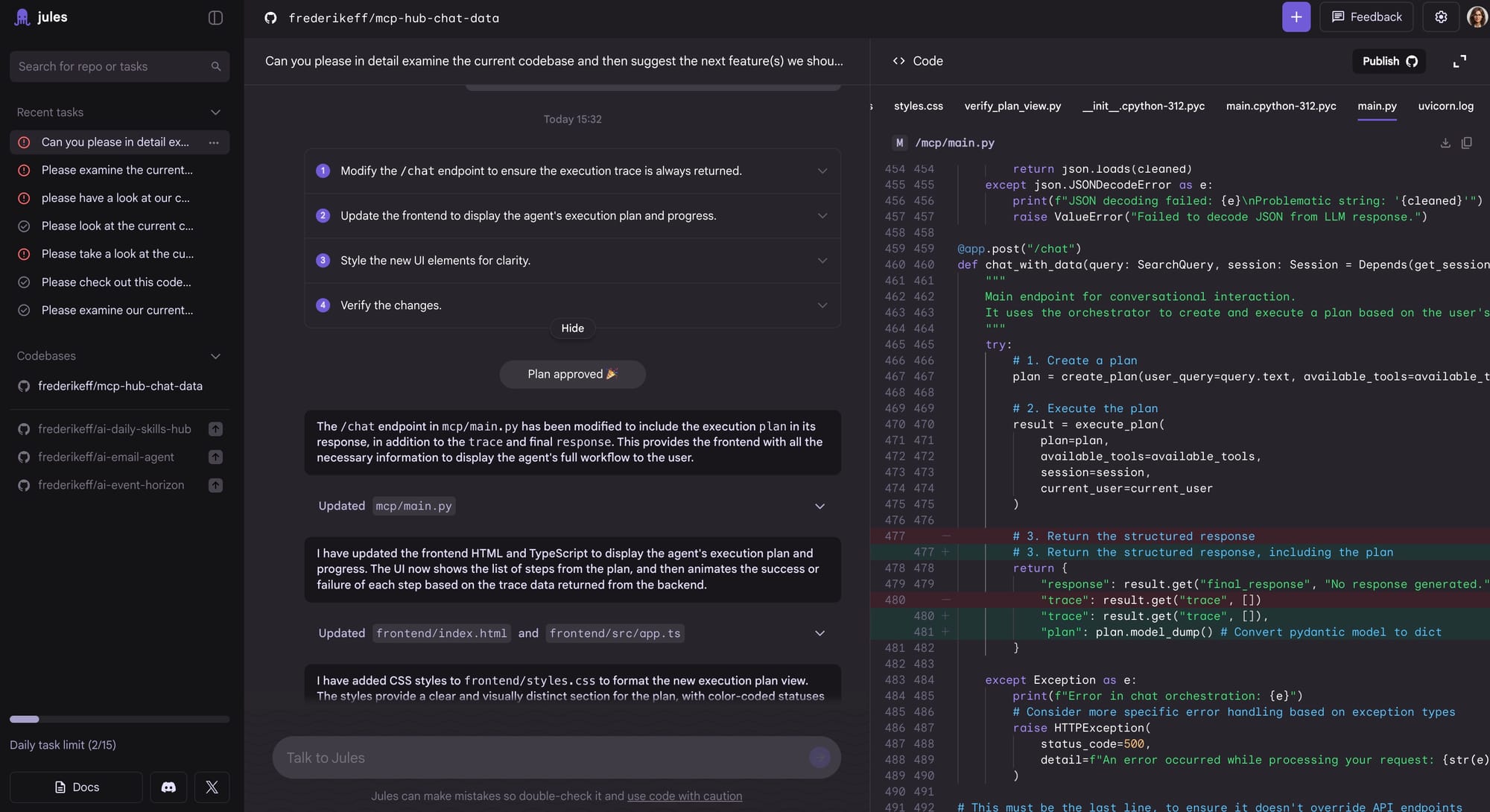
Benefits:
- Asnychronous. You give it a task. It creates a plan. And it executes. You can do other stuff or even close your computer while Jules works. It creates a copy of the code in GCP and works on that one, does not break any of your work, commits the changes via a new Github branch and you can lay back and focus on other things.
- Changing existing code. Many of the other AI Coding agents I worked with, i.e. Claude Code, Warp, Cursor, they are creating new code files for you for changes. That creates a massive mix of code, messed up components and especially for me as a non-professionally-trained code, that's not an easy task to disentangle all the lose ends. Jules on the other hand builds upon the code you already have and adapts it. Much better. Way less work afterwards. Works best, if you start with it from the start of your project.
- Smaller changes. Jules is not that fast initially. But it has the benefit of working more accurately and making sure what it builds really works. If not, you have Cursor to check your new branch, make sure the tests work and build the rest to make it all functionally.
There are some other benefits, like working in Github branches, the ability to code on various features at the same time, and having a better overview of tasks it works on. These I am working on.
And yet, it also has some bugs and issues that I hope they will fix soon:
- It hits disk limit issues. At some point it tells you while developing that it hits disk limit issues. But there is no space where you decided on the disk limit. It is just there. There discord also so far, while I inputted the issue, has not given me an answer as to solve the issue.
- It fails to install dependencies, test its features, tries 10 times and then gives up. This is often related to the disk limit issue, but not always. Sometimes it fails for no reason and then you have to wait until it is done testing for 10 times and giving it the task to commit anyways and write a testing guideline. It does that often, not always. It is a bit tough sometimes on doing what you want.
- You need a second Coding assistant. Because of those reasons, but als for proper testing and code alignment, you need a second coding assistant to run the code Jules has created for you.
Overall, if you haven't tried Jules, I highly recommend it. I will likely write a list on Coding Assistants soon, so you see what I mean.
Tab 3. Runware. Flexible generative AI for image and video.
There is little I can share, despite - I want to try it out and have not done yet. Question is if that what they do cannot also be achieved by using APIs for the models directly yourself or if they offer some extra insights and work. If you try it out and find some new insights, please share it along.
Tab 4. 5. 6. A baby app. Newsletter Droplet. Or Newsletter Drop Notes.
I write a newsletter about upcoming AI events in New York and haven't written it for a while. Now I try to start again. But wanted to have a note-taker, where I can quickly note and keep all the notes I make during a week for that newsletter.
The result: The local version was done with Cursor in 5 min. Worked. Done. Then I wanted to have it online. With authentication and in production. But I have never brought any full-stack app to production, only frontend ones with maximum some Express server side work via Vercel. But now it was a database, a frontend and backend. The decision was to be Railway. But uploading it while I did not tested the authentication (and know how tricky that can be, especially if you try to build that from scratch, as I did for one of our products), was a premature decision.
Now we have a half-baked, not working product in production. Not working yet as beautifully as it did locally. And with a running clock of money to be paid per month for Runway. And a lot of time for a product that is more of a quick tool than a serious to-be-brought-to-market tool. 😅
And yet, I learned something. Almost. How to bring full-stack products to market. Likely, I will be moving back to a local version that works and move to production with an app that actually makes sense to bring to production.
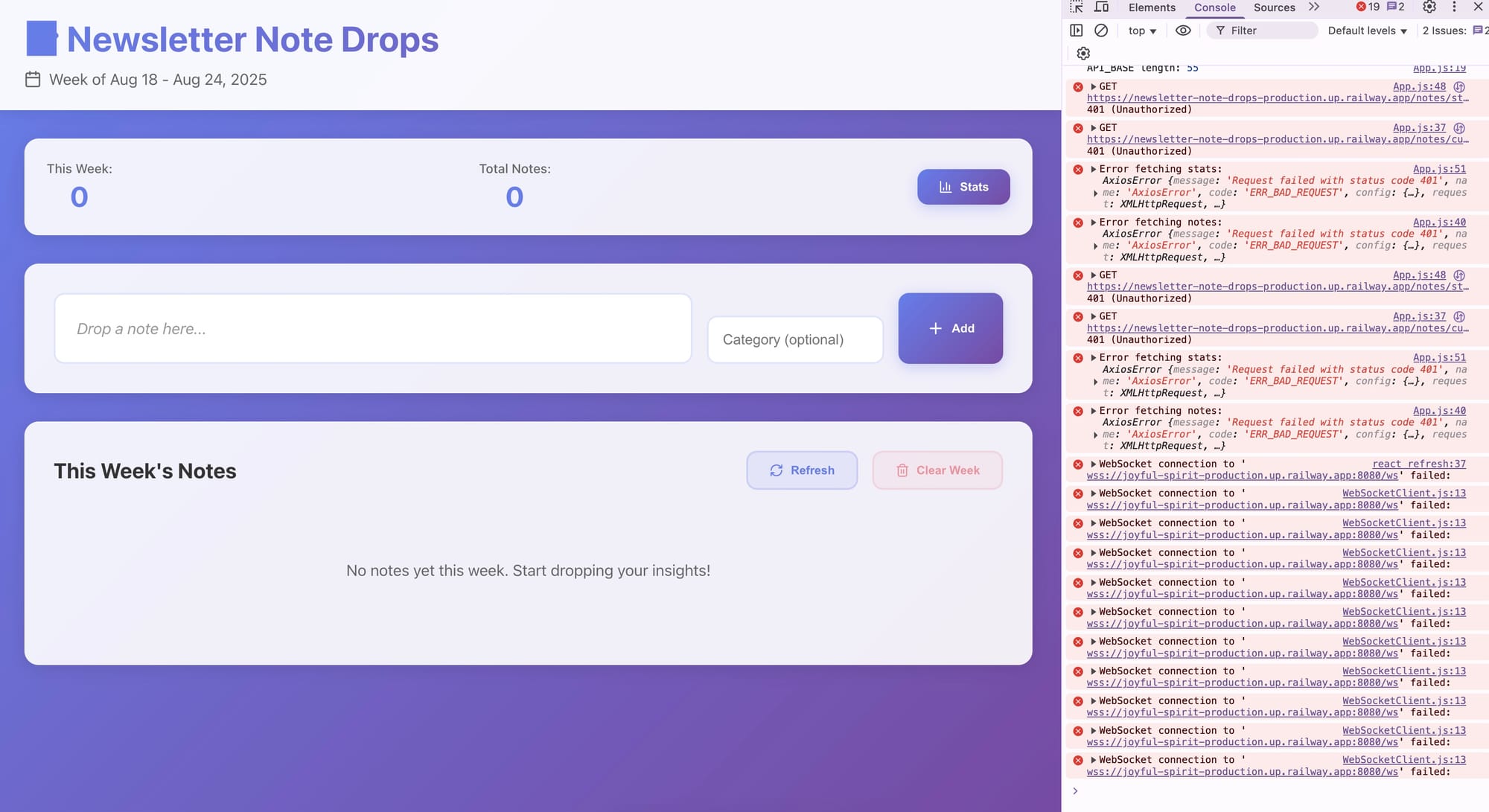
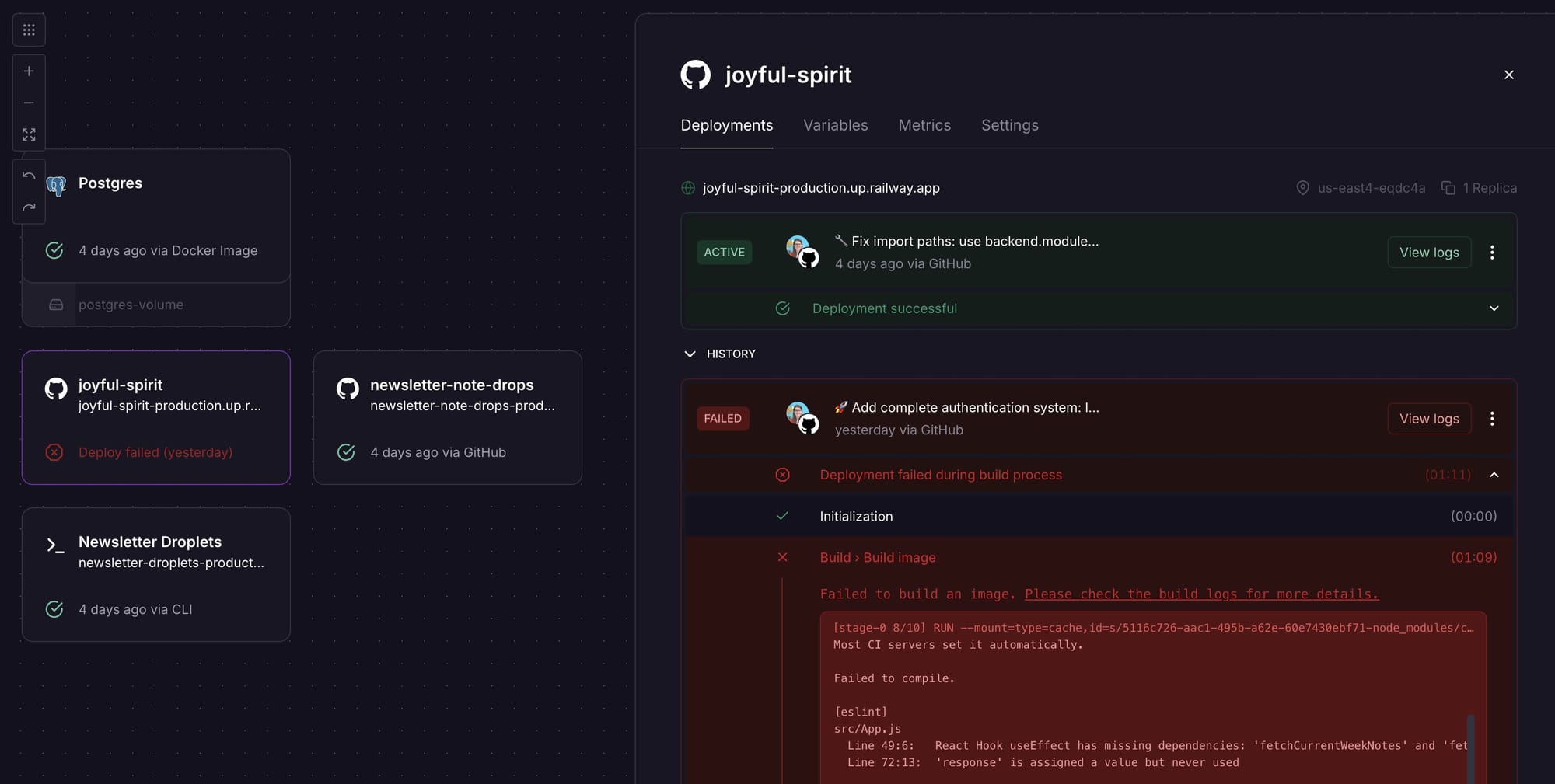
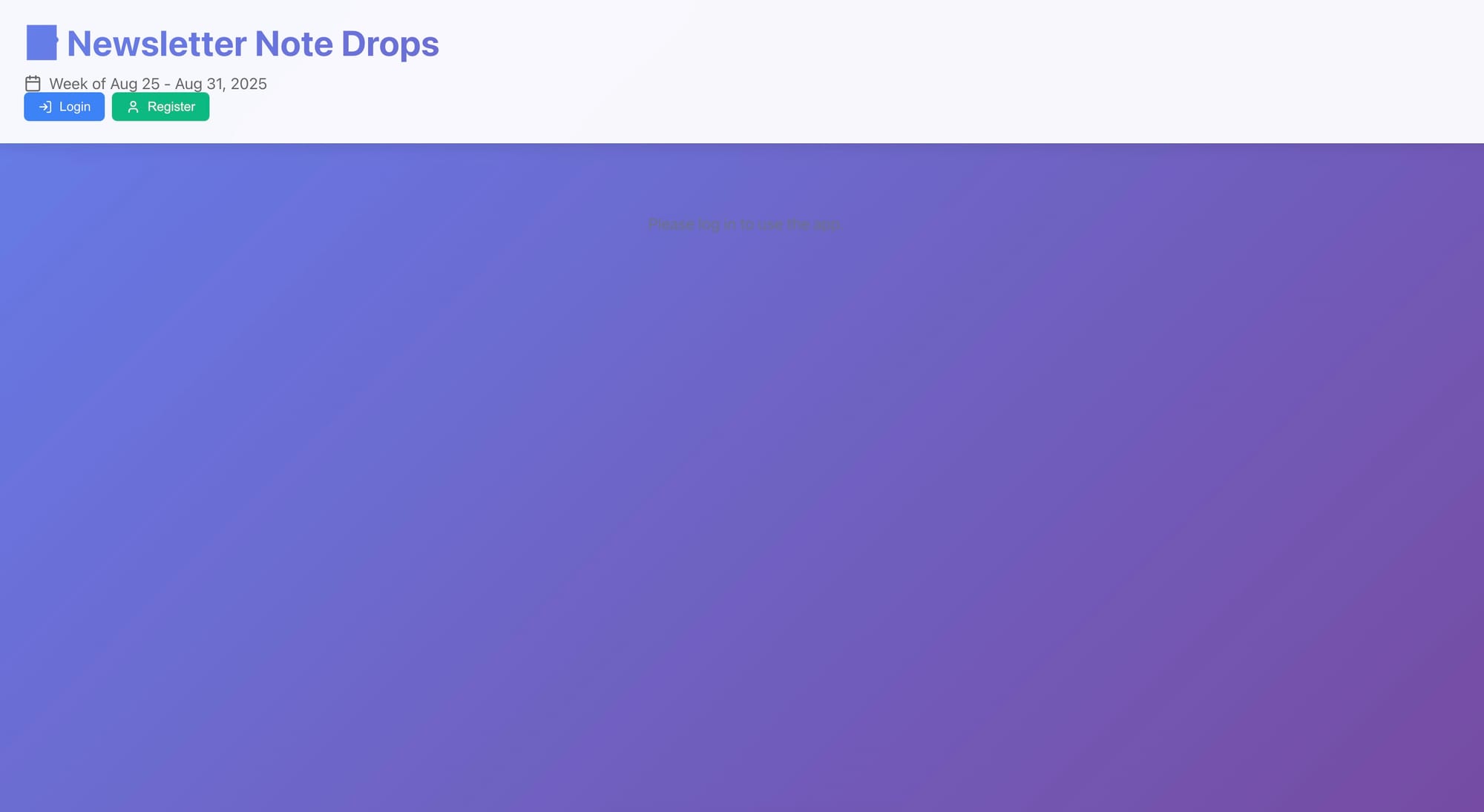
Tab 7. Another Product. Work in progress. 42,000 Contacts. Emails. Phones. Collected and ready to be put into a Contact Product. Or simply a Contact Cleaner.
You see, now we are entering the tabs of products I am working on. There are many. And those are not yet in the Innovation Ideas list. Simply as I had no time to yet to do so.
Here comes another one. The attempt to collect all my contacts from all platforms and put them in one big spiderweb of data. That. is part of a bigger product I am working on, but the main reason here is to make sure that I use AI and myself in conjunction to make sense of the data, clean it, normalize it and make it ready for further use.
Not only for myself, which I do while I reach out and (re-)connect, but also for our bigger app to figure out: How much can we give AI to handle, and where does it need a human hand to help the AI to make sense of a contact, the context, the experience and history with that contact/person.
Suchi Patel wrote an interesting piece about it and I would agree - it is an essential one to figure out: Where can we let AI automate everything and where is it on us to make sure that our data is accurate, correct and given the right context: A marketing team may think of it differently than a sales team in an Enterprise business.
Discussing every piece of that product and what it can do right now versus what the vision behind that is, is part of different article. But I can tell you, the AI need so far a lot of a helping hand. 😏
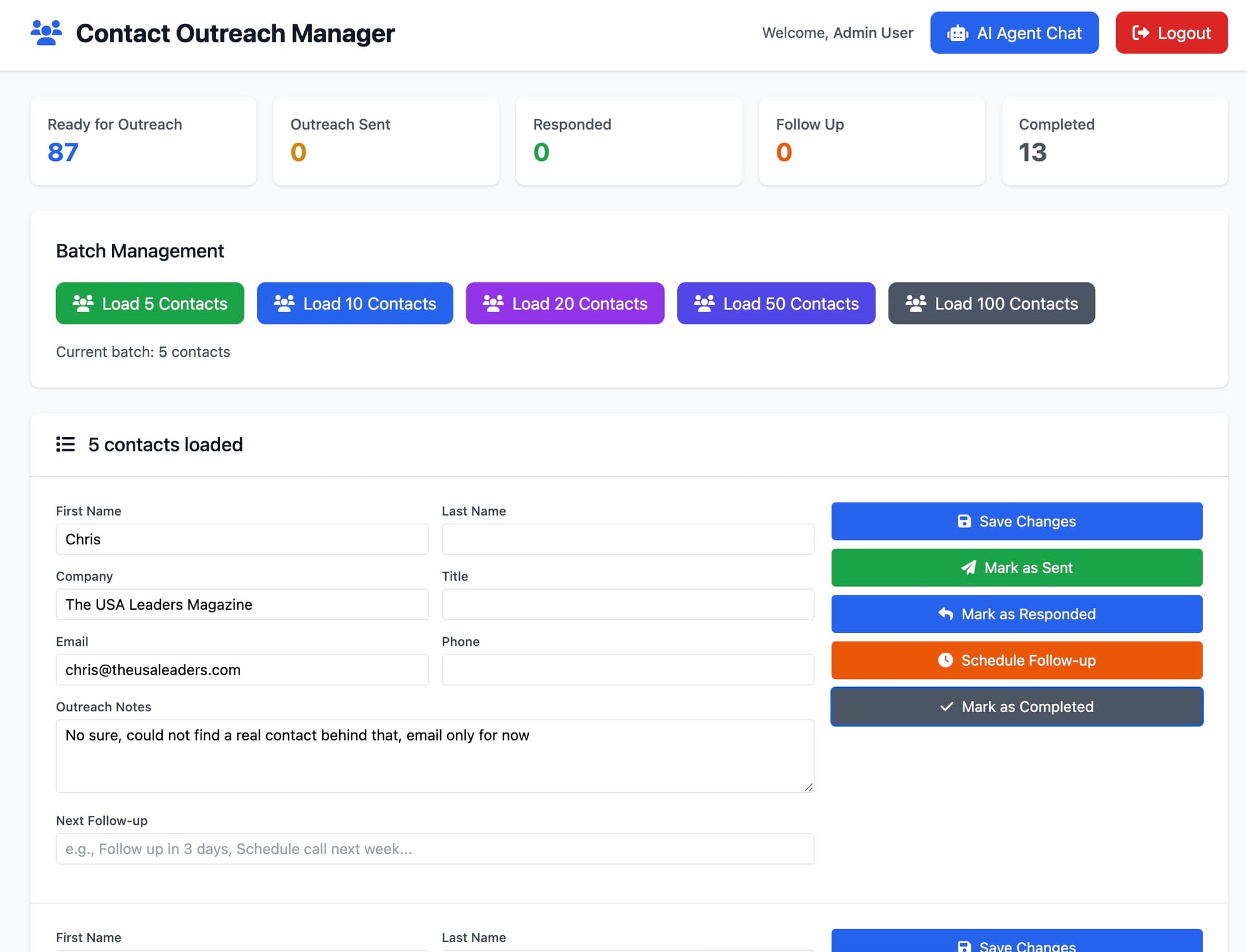
Tab 8. An irritating article and why it's about the same topic as before: What can we let AI do and where is it on us to intervene?
I went to an AI 2030 event here in New York this week. They talked about the importance of the distinction of humans and AI in healthcare: AI is great for mild cases, but for cases like suicide, AI does more damage than good.
Later, I stumbled upon an Instagram post on how a 29-year old committed suicide and the only "person" it trusted and confided to was an AI chatbot named "Harry", her self-built ChatGPT based bot. She even wrote her goodbye letter with it. Scary. Tab 8 describes that story in more detail HERE and makes it obvious: not only as humans, we need guardrails, but AI needs it too. Urgently. And the ability for us to get warned on the breaking points. easier said than done. And the focus on not giving up our ability to think and care for what is going around us: "is that behavior, these thoughts still something an AI can treat, or should we as humans should better intervene?"
Tab 9. An event here in New York. Organized by a friend and his company.
Are you a funder or founder? Then this is your event. Click the link and hop by. He is a great guy and very well connected in the city. Make sure you have something to do with tech or are interested in it 😄
Tab 10. Another product of mine. Related to testing the power of Model Context Protocol. Building an app connecting them. And chatting with your data.
Another product of mine. And a fascinating one. Building with Jules (of course) and Cursor (of course) an MCP Hub. And the best thing, this is the one app that looks ugly, but has the benefit of having Jules by it's side from the start. So no more spaghetti code or non-fully functioning features.
It has a clear code-base, simple yet effective code, the less is better principle that works with Jules and strongly tested features. Gmail and Outlook integrations work and you can ask in the chat: "Can you show me all my contacts related to AI" or "Can you take that contact X and it's email address and input it into our database with the note Y?" and it does it for you.
I love it and now after I built an Execution Guide and Orchestrator, that not only informs the user of the steps it takes and tools its using, but also orchestrates the right tools to use in the background, the product already is much more powerful.
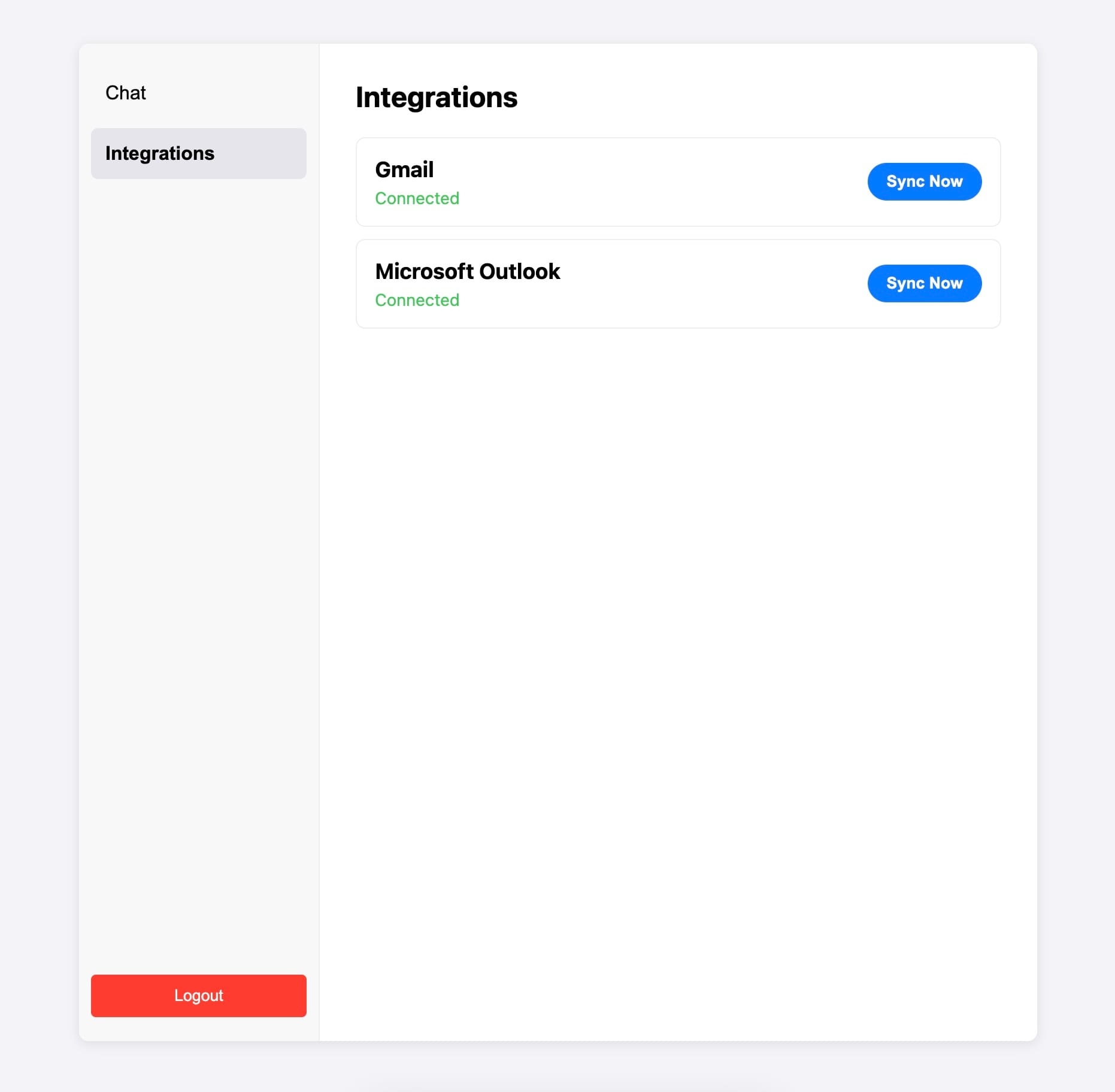
Once I have a better working version, I will share it here too. So far, it is fascinating what you can achieve with MCP, agentic AI and RAG. I also saw a paper on more forms of RAG and GraphRAG and will dive deeper soon.
Tab 11. Meet Audos. AI Agents to help you build products. Or Mascots. Not clearly sure yet 😃
I stumbled across Audos, a monkey AI bot to which you ask some questions and it spits out a product name, a mascot name and an idea while asking you questions and giving you multiple choice options to answer. The result is a blueprint of the mascot and how it may look like and what it can do for you.
My result was an innovation garden for ideas where the AI bot guides the user through all the ideas one might have and helps with figuring out which one to follow along with and which one(s) to to stale.
The result: I asked Claude AI to design Liora for me and tried with Cursor to build a first platform visual for me. Cursor crashed so that never saw the day of light yet. And that is better. As I have the tendency to quickly imagine the full fledged-out solution visually and from a business and marketing perspective. The world already exists in my mind. Like a its-forming-in-real-time chess board that you would puzzle together, the only difference is, it is not a chess board, but a world of plants and themes and gamification and shortly after blockchain and joint innovation firms followed.
Now I asked Cursor. How long does it take to build. The answer: 18-36 months. With a fully-fledged team. I don't believe those time-marks, as I have seen AI to bring it to life for me much faster, but even a third would still be too long. By far.
And yet, isn't that a fascinating idea? And what else of ideas pop out of Audos. Or is that exactly that? The guardrails of the multiple-choice makes Audos more focused for people to find the right ideas? But then the execution would need something similar to be successful.
We will find out, but for now, let's have a look at Claude's interactive Liora board.

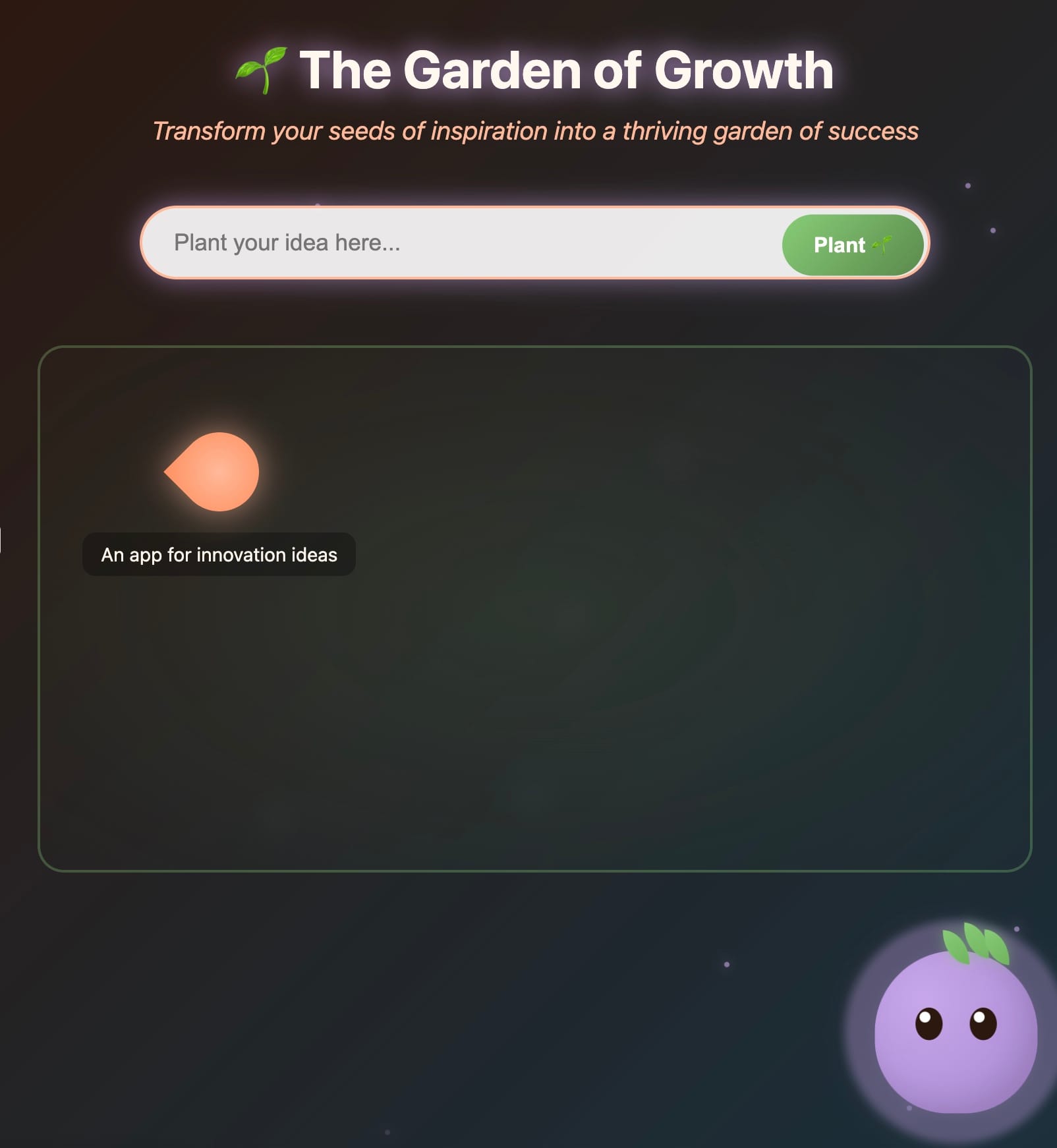


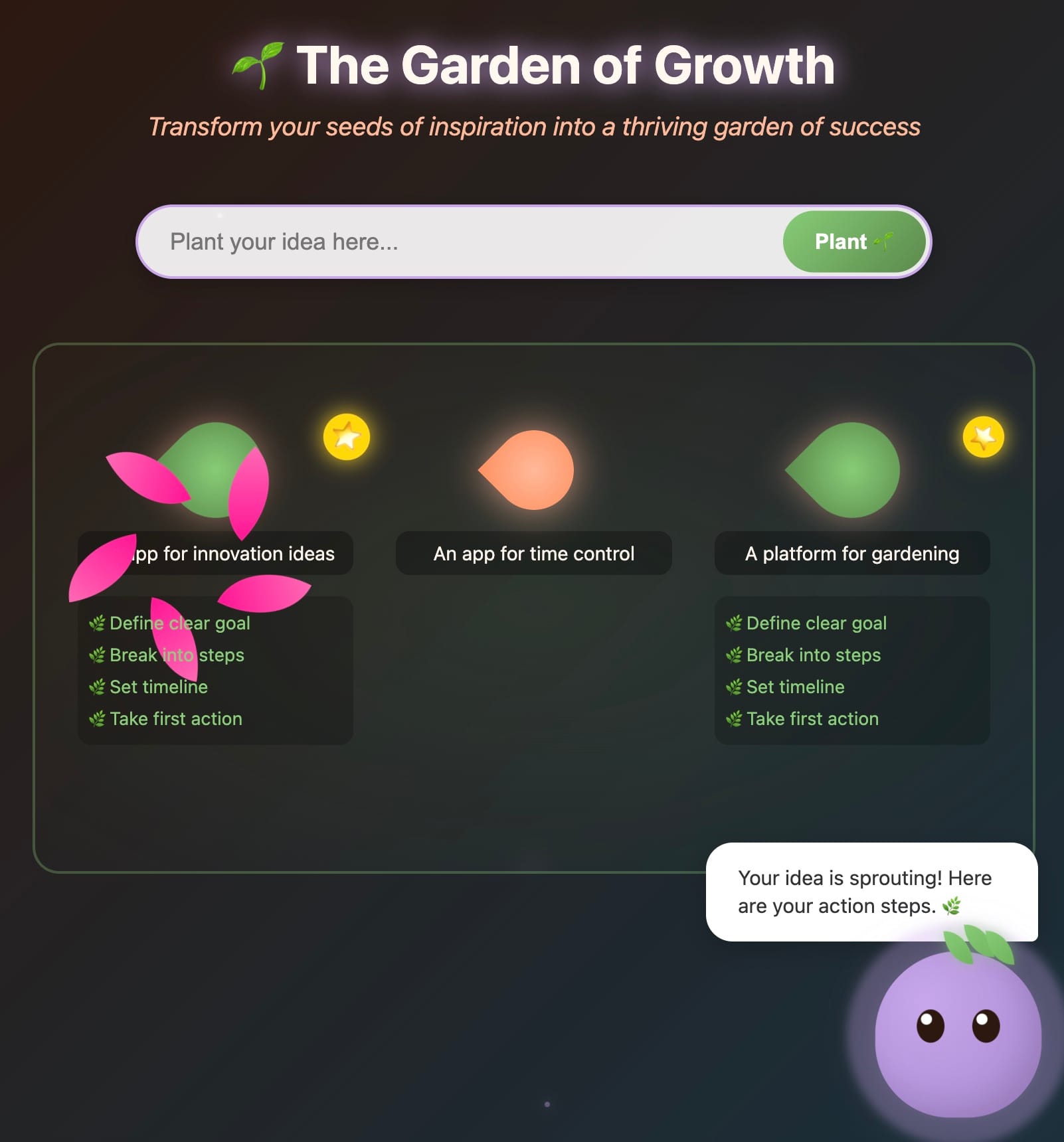
Tab 13. Skool. Alex Hormozi Community Platform.
Five days ago, I listened to a podcast of Alex Hormozi and a short link later, I visited his skool community again. When Liora entered the world, I set up a skool community in the hope to first figure out if that would be any good (I tested a variety of communities before and was curious) but I also inputted it with the ClarityAI input that we gained from Liora.
The result, I had a community with 0 members and 60 minutes of time lost trying out skool to the decide, it is not worth it to spend that time and money (yes, it costs $9 after three months or $99/months for any of the additional features). So the project died fast.
Tab 14. 15. 16. 17. Framer Website Builder. Framer Templates and another Tab - Lovable.
I am currently trying to build a website for our Nxtconnect AI Website. I had built one, all in Lovable. Overly complex. With any kind of backend you can imagine: Newsletter writer, Contact system with Round Robin and Calendar Integration, a kind of CMS system and more. And then I striked me. The system is great, but someone needs to maintain it. And while it was all automated, it was still complicated. And the website included and still includes (it is live at Nxtconnect.ai) basically 10 businesses in one Great idea, but it likely confuses any kind of user visiting the website.
The result: I am building a new one. Maybe with Lovable. Or with Cursor. Cursor however is not great in Frontend designs and needs a lot of nudging for it. Lovable, while beautiful, gets a bit predictable. Thus, my idea was to use Framer, which has beautiful designs but takes a lot of time to adapt all the designs, pick a template, screenshot it (unfortunately you cannot just copy-paste the code), and ask Lovable to recreate it.
Kind of worked. So that is a work I will be focusing on today and beginning next week. Happy to share the results once done.
And the links are here: Alter Framer Template Preview, Lunera Framer Template Preview, Cloudcraft Framer Template Preview, Lovable's copy of the Alter Framer after the 1st Prompt (impressive, yet not perfect).
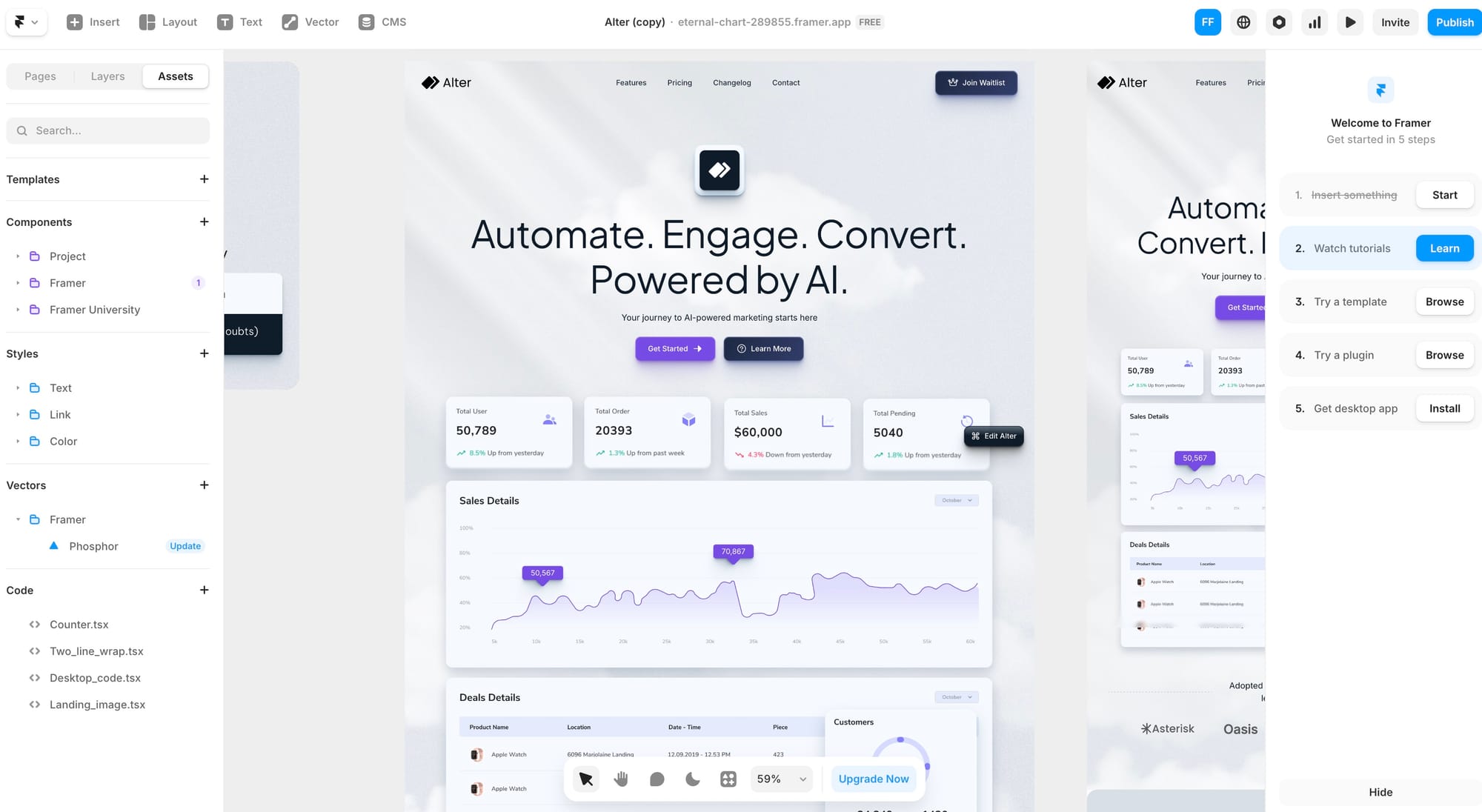
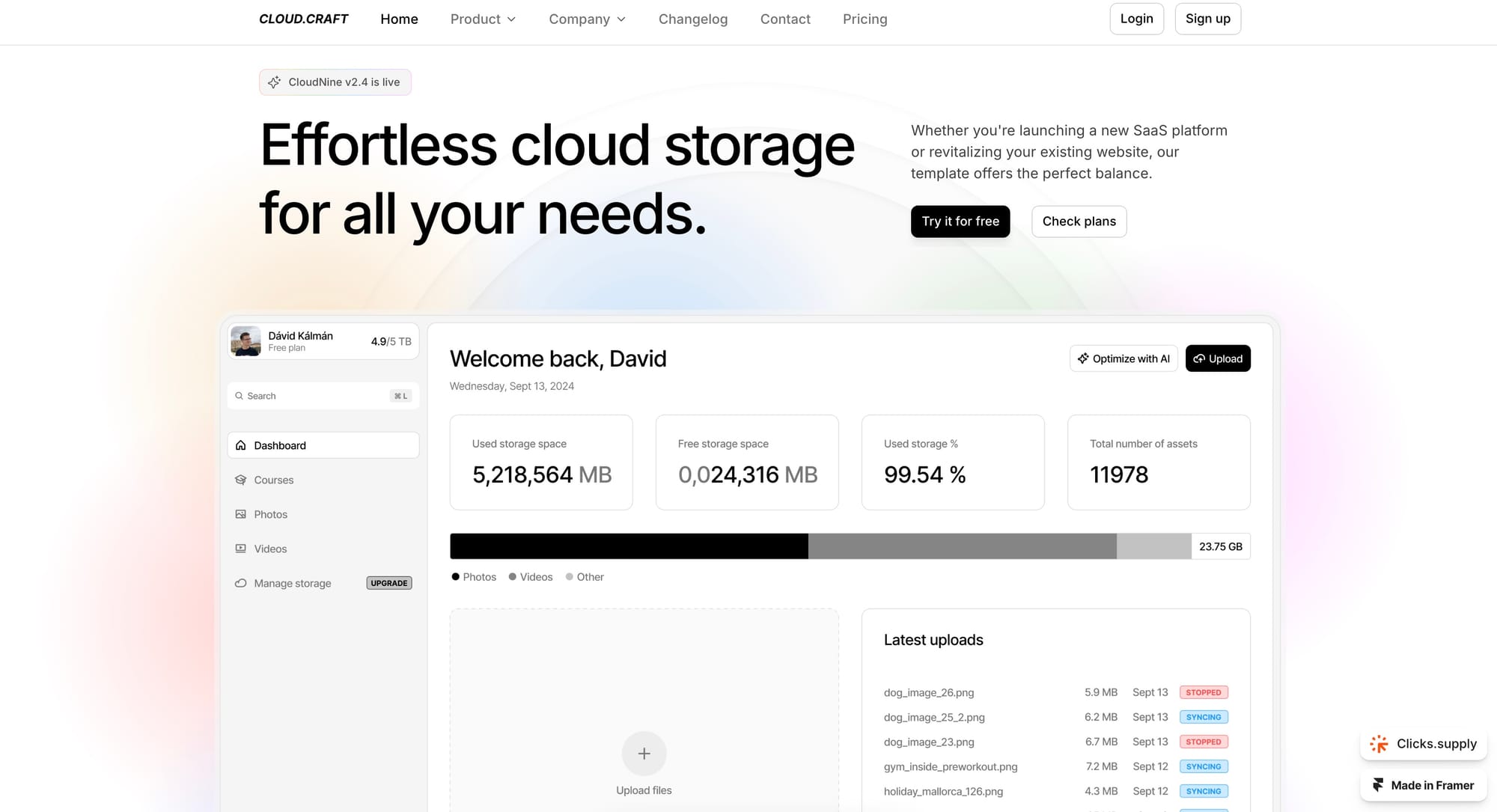

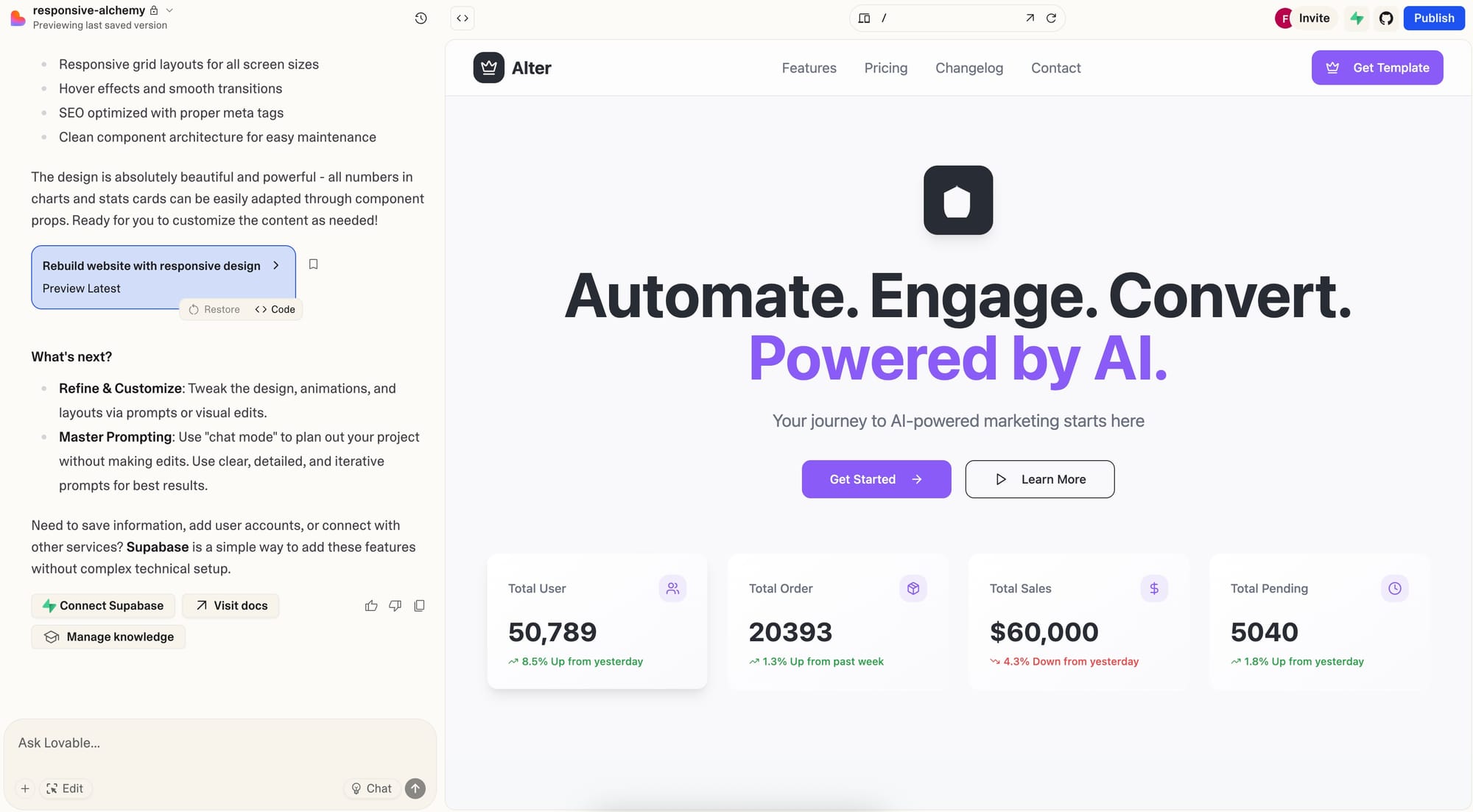
Tab 18. ClarityAI. A different one. Researching the name. Ending up at an Upscaling Product. Interesting.
While I researched whether the name ClarityAI already exists for an AI product - it seemed an to-easy-to-not-be-taken-brand-name, I found ClarityAI as an upscaling product. And for sure want to try it out at some point.
I just recently upscaled over 350 2D sketched animals of myself to 4 times their size with an AI model, for which I now forgot which one I used, but the results where fantastic and allowed me to better add these sketches to products that required a specific pixel size.
Also did it allow me to turn those upscaled images into 3D models more easily via Whisk AI. And to some extend Blender, but I stopped the project at some point due to time constraints.
Now that here is a different form of upscaling - more of a "turn a sketch" into a "colorful, photorealistic image", and yet, I wonder how close these two "upscaling methods" are - another note, a bit random, on the idea of teams having the same understanding of a world - maybe that is similar here too with the word "upscaling".
Tab 19. 20. 21. 22. 23. Situational Awareness. AI Fund. OpenAI. Leopold Aschenbrenner.
These tabs are all related to a paper Leopold Aschenbrenner, a 20-something wrote on AI and the development and trends of AI, its dangers and how quick and in which directions it will develop.
I read that paper in its full length a while ago, while I scanned more than I red in detail most parts of it. I finished it, but most of its specifics already escaped my mind while writing these lines here.
Nevertheless - it feels like a book to have been written on AI. And Leopold wrote it when he was still working at OpenAI. He left/was asked to leave shortly after and now started a venture fund with several others with the same name "Situational Awareness" that brought in returns of over 47% in its first half year of existence, and collected a sum of $1.5 billion in assets.
Crazy to think about it and interesting to discuss what they invest in and if they are able to keep their returns as high as in the first half year of 2025.
I found some info about it. HERE (Nasdaq) and HERE (HedgeFollow). A deep dive follows later.
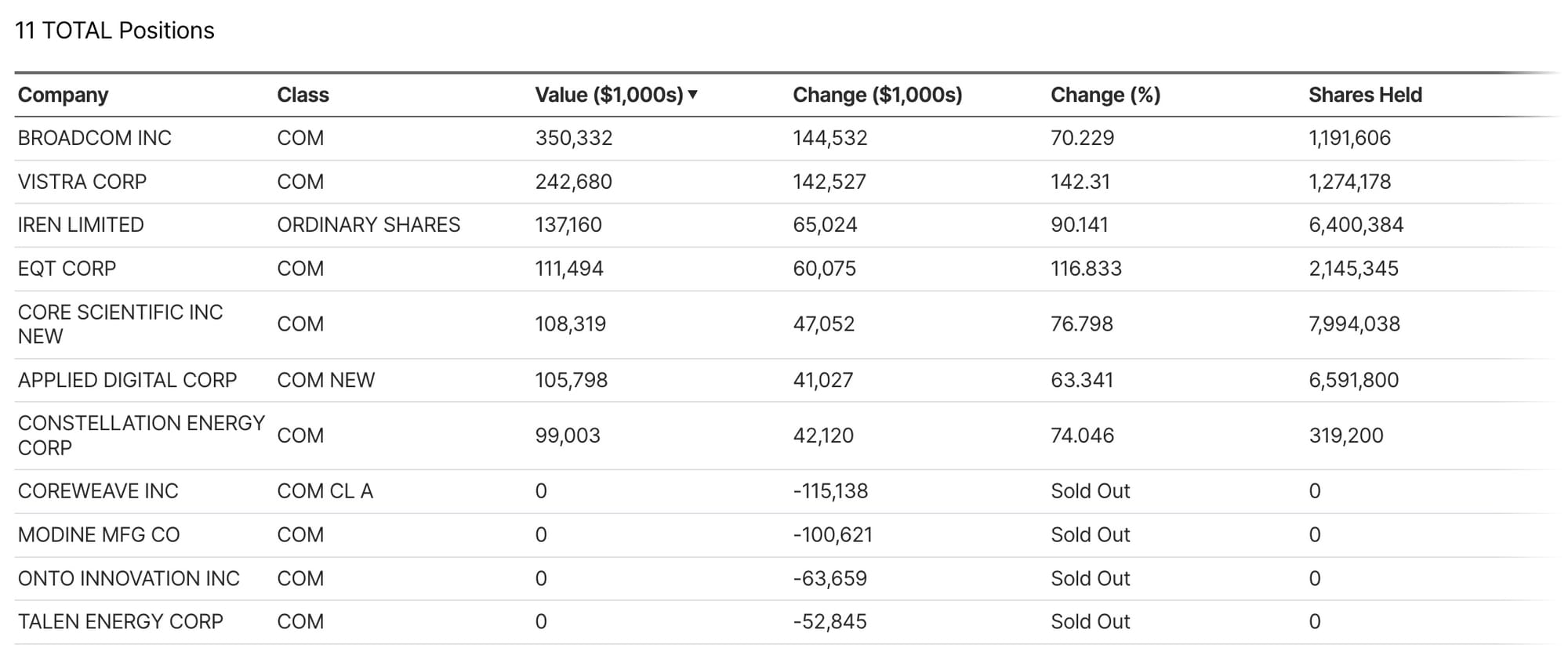
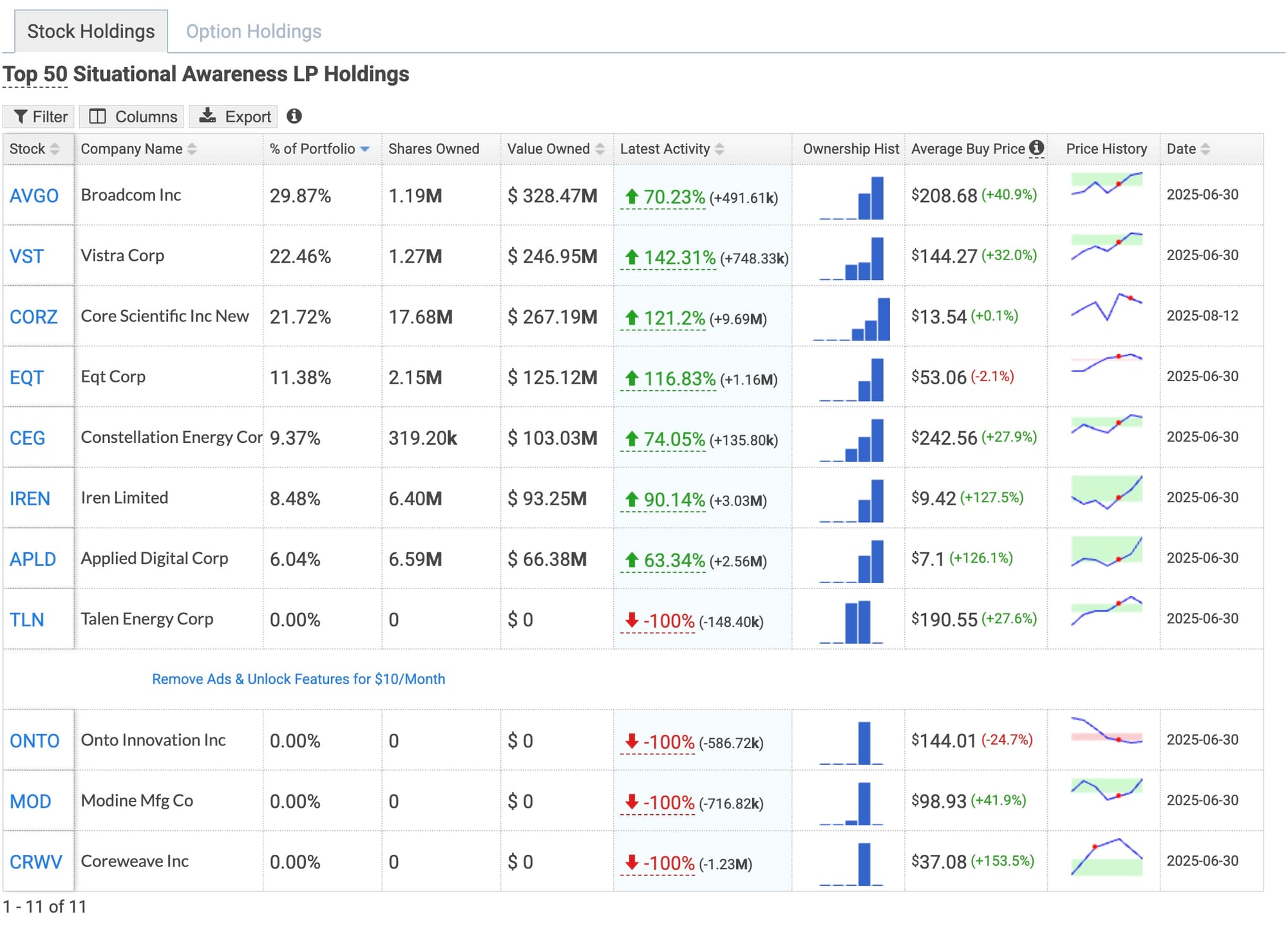
Tab 24. Safe Superintelligence Inc.
Have so far only scanned through it, but now we enter the world of ideas and venture fund investing in emergent ideas and trends in the AI space and beyond.
Safe Superintelligence has the focus of"Building safe superintelligence (SSI) is the most important technical problem of our time." building a team of engineers and researchers to achieve that. Their singular most important goal an focus on that. Let's contact them with one of those 'randomly looking" cold emails when looking back but an enthusiasm for working on the topic that is not random at all.
Looking at their CEO, Ilya it is. And here we are, the Ilya that left OpenAI a while ago. And they raised $1B for that venture. More of an update I cannot yet find. Let's not send that email right now.
If you want to give it a shot or are interested, they are looking for Technical Stuff Members.
Tab 25. Pioneer AI. An accelerator that does not exist anymore as of now.
Nothing more to say, but they have a blog that is still interesting. Tab 32. Markets to build in 2019. Well, that is 6 years ago. That is outdated for sure. Let's move on.
Tab 26. Emergent Ventures.
No clue, how I ended up here. May be interesting. Maybe not. Let's move on.
Tab 27. 28. 29. 30. 31. 33. 34. 35. 36. New Ideas, Problems to work on. Trends. Focus Areas for Ventures. Innovation Focus Areas.
All these tabs have one thing in common: They break down trends. Look at the big problems of our time. The challenges that require to be solved. Let's dive what we found within those pages that we have open here.
- YC Combinator. Request for Startups. Fall 2025.
- Retraining Workers for the AI Economy. The vocational school for skilled tradespeople for the AI economy. Ideally with AI as trainers too.
- Video Generation as a Primitive. All for buying, gaming, entertainment.
- The first 10People $100B company. - Just focus on speed and execution.
- Infrastructure for Multi-Agent Systems. It's all about subagent systems, writing prompts and how to handle them while making sure efficiency and cost are handled well.
- AI-Native Enterprise Software. ServiceNow. Salesforce. Built 25 years ago. Both on Cloud. Now its time for the next ones. Built on AI.
A note on this one: Yes! I love and see 2, 3, 4, 5 clearly and clearly in front of my eyes and believe all of them will happen. The first too. Just not my market expertise. But the others - for sure. Working on 4 and 5. And seeing 2 and 3. 3 is more a general mindset of how to build, not what to build.
- The World's Hardest Problems. A random Google Sheet. - fascinating fields and yes, some of these problems are just super fascinating to work on. I screenshotted two of the fields. And it's true - think in combinations and you are better off to find something relevant and interesting to work on.


A note: Someone once said "Why should I write a book about something I already know? There is nothing new and exciting about it. I already know it all!" I forgot who it was, but I remember the content. And I agree. Maybe on of the problems and their solution one day will fill a book you start writing today.
- Old ones, let's skip them for now. But if you are curious - especially to live on Mars - to improve Biology based on ideas of an unknown date, explore Lab work in general with a list of labs, read about LLM ideas back in 2017, learn why some things get cheaper and other's more expensive, ask more questions, and more, then follow the links I attached in this paragraph. Most of them are from 2017 and 2018 and whileit sounds crazy to write that ideas 6 years ago are outdated, they pretty much are.
The last 2 Tabs. About June Huh. And Sam Altman.
Wow. We almost did it. 2 More Tabs and we closed, discussed and saved them all. Once we are done, we have a clean slate. Somehow. The projects lingering around in the back of my mind have not yet been cleaned, but the tabs, the knowledge, the insights, they have calmed down.
So let's focus on the last 2 Tabs.
A story about June Huh. The winner of the Fields Medal.
His story captivated me. The high school dropout that won the fields medal in mathematics. But it was not his story or the fact that a high-school dropout won that medal, but the article about him as a person, his quirks and his wonders. The story of exploration. Like exploring through the fields of the mathematical space.
It almost has something beautiful and poetic about it. The reason why he may have wanted to become a poet. If you like wonders, beauty in numbers, a personal yet professional story of a human being and the quirks of those that make you think - I find myself in those words and storylines? They remind me of myself. Then read it and dive in. It's worth it. READ.
Last but not least. Sam Altman's blog. And an article on The Gentle Singularity. Written 2 months ago.
I did not know he wrote a blog. But the more I read and connect to people in the sciences, in computing and AI, the more I realize - they write blogs.
We won't go into the details here. Too much have we been touching and looking at today already.
Let's finish instead on a paragraph he wrote:
"2025 has seen the arrival of agents that can do real cognitive work; writing computer code will never be the same. 2026 will likely see the arrival of systems that can figure out novel insights. 2027 may see the arrival of robots that can do tasks in the real world."
And let's discover and explore if what he predicts will happen in 2025. 2026. 2027. With 2025 he is right. We are where we are. What 2026 and 2026 will bring, we have yet to find out.



